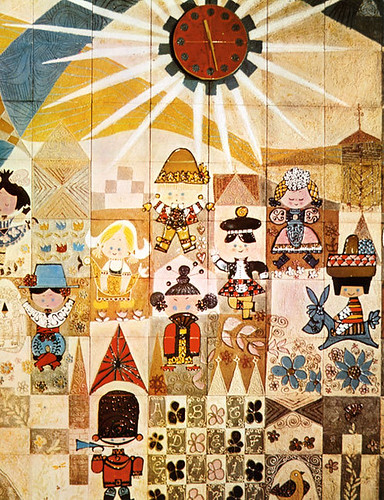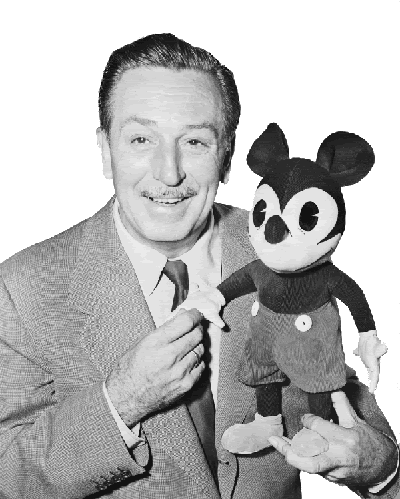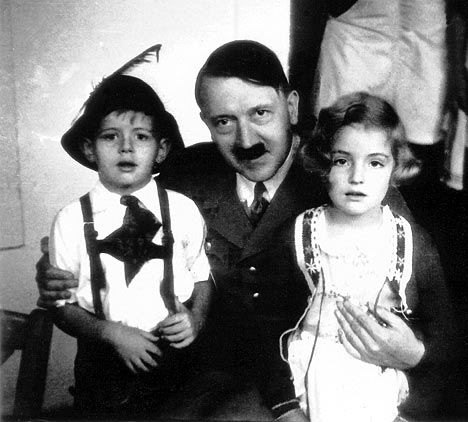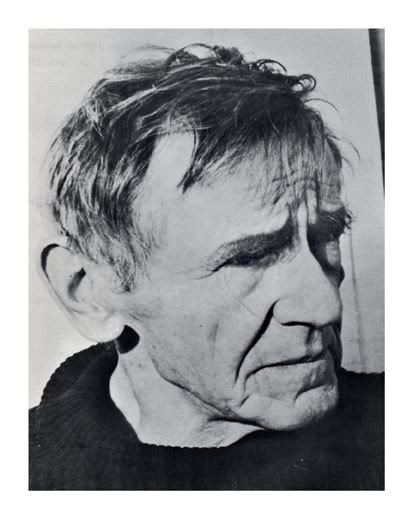
While we all understand animation to be a wonderful means of expression with endless possibilities to explore, it is also at times quite frustrating since it can be labor intensive, time consuming, and slow in turning out results. In reading a book titled "Experimental Animation, an illustrated anthology," I found the words of some animators featured there to be helpful and encouraging, from the standpoint of people who have managed pursue animatiation as a career. (The interviews are definitely dated, but they provide an interesting retrospective view on what it means to be in school for animation today)
Adam Beckett, Animator: (On the efficiency of schools in the development of the creative potential of student animators)
"Besides those impalpable qualities of talent and drive, otherwise known as inspiration and perspiration, there is one thing that every artist must have and that is a great deal of free and uninterrupted working time. Schools can help the student-artist in this regard by providing 24 hour access to facilities, flexible mandatory requirements, adequate living arrangements and other similar kinds of conveniences. Teaching is probably best done by people who are professional artists themselves and who are so wrapped in their own work that they don't have time to interfere too much in the activities of students. They should be there primarily as examples of what it is to be a working artist in the field of animation. In a medium like animation, which is so dependent on technology, the best possible equipment and facilities are, of course extremely helpful. As far as I can see it is a matter of the most extraordinary circumstances and luck, when an individual manages to emerge from the educational system with the autonomy of spirit and knowledge needed for him to be an artist. Too much direction is probably more harmful than too little. Ideally the school should be a place where one can develop the INDEPENDENCE and SELF-CONFIDENCE to make some headway against the incredible inertia that exists in the commercial arena. I think we are at the beginning of a wonderful golden age of animation, now that the last nails are in the coffin of the big (animation) studios. Schools, I believe, can in the future be very important as production centers for animated films. " (From an interview conducted by Robert Russett, November 1974)
Caroline Leaf, Animator: " I believe every person's work is personal and therefore new. There are as many forms of expression as there are people. No one will do a thing in the same way as someone else. Therefore something new does not mean a world shattering breakthrough of technique or idea. I find that when I am searching for new techniques, new materials to animate, I am usually barren of content ideas, whereas a content idea will take the shapes of the techniques I have at hand..." (From an interview conducted by Robert Russett, November 1974)
Frank Mouris, Animator: (On the future of animation)
" [The future of animation] lies everywhere and anywhere. I really have something against strict definitions. I've had a lot of flack because a lot of people don't think of animation as an art form. Animation is generally considered to be a very specific area of filmmaking and I've run up against people with this kind of attitude and I turn it around all the time and say I consider filmmaking a very special part of animation. Just technically, animation, I mean filmmaking , really is frame by frame.
There is so much unexplored territory that's very exciting like computers, xerography, video, and all things that we can't even dream about yet. I think it's all over the map, it's not just any one area of film. Some people say the future is definitely in computer animation. I can find that when someone makes up the definition, I take that as a welcome challenge to prove the definition wrong. When they say THAT is animation, or when the Bolex booklet comes out with the instructions which tell you THIS is how you film well, do not do THESE things, I find that I check out first with a dealer whether if I do those things, it will hurt the camera. Then, if it wont, I go ahead and do them, and see what kind of effect it gives." (From
The American Film Institute Report, Vol. 5, No. 2, Summer 1974)
Eliot Noyes, Jr. , Animator:
"I view myself as an artist who uses animation the way a painter would use paint and a canvas. The reason I am in animation is that it is a form of self-expression; what I want to get across is mostly a very personal view of the world. Animation for me right now isn't a collaborative kind of process, and it isn't the kind of thing like the studio set-up in the thirties and forties where a lot of people got together and wrote a story, a lot of people animated it and a lot of people contributed to the music. It's a way that I have found to make films where I can control everything.
The purpose of animation back then was to entertain, and I'm not sure that the purpose of my films is entirely entertainment. I don't design them as entertainment. I do them as much to satisfy myself as anything else. I have faith that if you do something that satisfies yourself it will be interesting to other people (...) Somebody asked Freud, 'What ae the most important things in a healthy person,' and Freud said, 'To be able to love and to be able to make work,' and I am working on both of those things. Animation is my work and if I can work through animation and find out whe I am through animation, that would be the best thing that I could want. That is really what I am trying to do. I am really trying to get in touch with who I am and what I have to say, and I really want to have fun, and I am beginning to much more than I ever used to."
(From
The American Film Institute Report, Vol. 5, No. 2, Summer 1974)
The above interviews were later colected in tRobert Russett and Cecile Starr's
Experimental Animation, published in 1976. It's available at the SMFA library.
-Angela



































.jpg)
.jpg)






